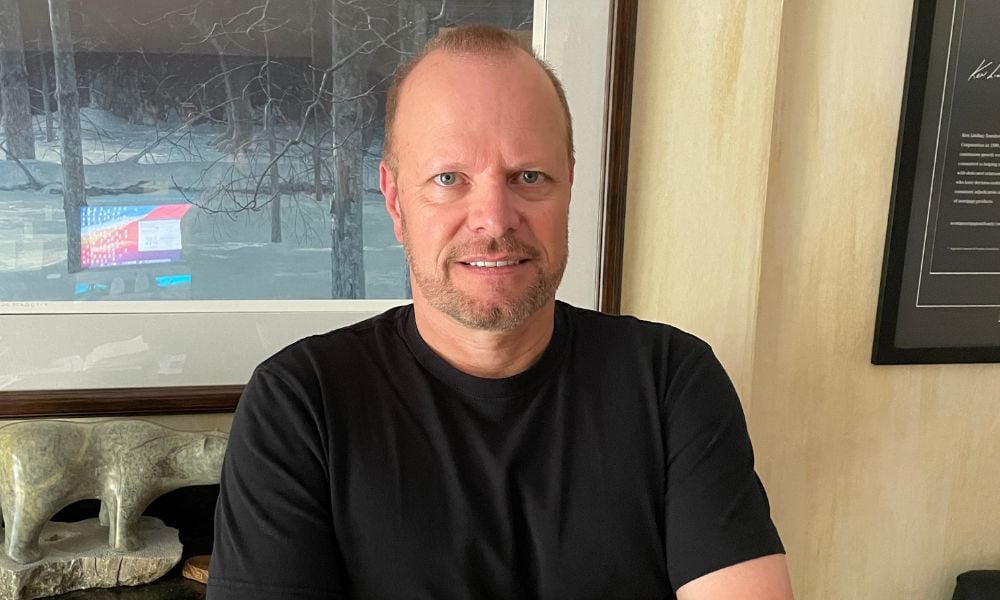Strong growth potential also comes with heightened risk

The reverse mortgage market in Canada still lags behind those of other countries including Australia and the United Kingdom – but it has potential for “strong growth” in the coming years, according to a recent report.
Global credit rating agency DBRS Morningstar said in its latest commentary that Canada had a total reverse mortgage volume of under $6 billion as of 2022’s first quarter, with originations highly concentrated in metropolitan areas including the Greater Toronto Area (GTA) and Greater Vancouver Area (GVA).
Factors including Canada’s aging population and rapid home price appreciation in recent years mean the reverse mortgage market has ample room for growth, the report said, although it also highlighted the higher risk associated with those products because of “unique features” such as no defined term and no monthly repayment of principal and interest.
That means lending institutions that cater to reverse mortgages are likely to maintain “strict underwriting standards and conservative lending policies,” to ensure mitigation of those risks, according to DBRS Morningstar.
Property valuation and appraisals are especially crucial in determining the initial mortgage amount for a reverse mortgage, the report said, as well as for maintaining asset quality and capital buffers to absorb unanticipated losses, for instance during a downturn.
That’s because repayment risk heightens when the housing market slips, part of the reason that Canada’s banking regulator, the Office of the Superintendent of Financial Institutions (OSFI) has indicated that it expects reverse mortgages to be limited to a maximum loan-to-value (LTV) ratio of 65% or under.
Read next: New HELOC regulation – what do brokers need to know?
Ken Lindsay (pictured top), broker of record at the Hamilton-based Mortgage Financial Corp. and a reverse mortgage specialist, told Canadian Mortgage Professional that perceptions around the product appeared to be shifting in Canada, with many homeowners viewing it as a means of accessing equity while remaining in their long-term property.
“People are starting to understand what it is now,” he said. “I can say for the last 10 years, people have been saying, ‘But I have all this equity.’ Equity, at one time, was an extremely good word when I first got in the business. Now, it tends to be a bad word unless you’re talking about a reverse mortgage.
“Like I say, it’s an equity mortgage. If you don’t want to make payments, you don’t have to. If you want to make payments so that it doesn’t go into reverse, that’s an option as well.”
As with any mortgage product, Lindsay emphasized the importance of suitability and making sure that a customer is fully aware of the features of the option, what it entails and their obligations under the agreement.
Those so-called “lifetime loans,” the DBRS Morningstar report highlighted, have a bullet repayment that becomes due upon a trigger event, consisting of principal and accrued interest. That could be upon sale or transfer of the property, a period of time after the final remaining borrower moves into a long-term care facility or retirement residence, or some time after the last borrower passes away.
Read next: Analysis: Reverse mortgage borrowing trends persist
Interest rates are typically about 150-300 basis points higher than a home equity line of credit (HELOC) or conventional mortgage, with the borrower’s age “an important factor for underwriting and imposes longevity risk,” the report said.
The product is seeing increasing uptake among older Canadians, Lindsay said, because it can often represent a better option than a private mortgage. “It’s cheaper than private,” he said.
“It’s geared for someone that has irregular income, needs better cash flow, and maybe could be for term or long-term payment relief – and allows them to avoid moving in with kids or moving out to a nursing home. For those reasons, it’s very popular.”
DBRS Morningstar said that the fact that reverse mortgages usually had a relatively low LTV meant that lenders in that sphere had a buffer against collateral value risk.
The majority of Canada’s reverse mortgages being located in parts of Ontario and British Columbia that have seen spectacular price appreciation also has its benefits and pitfalls, the report suggested.
“This rapid spike in prices [over 50% in some areas since the COVID-19 pandemic began] makes recently originated reverse mortgages riskier in a severe real estate market downturn,” it said, “but provides increased protection for older vintages.”



